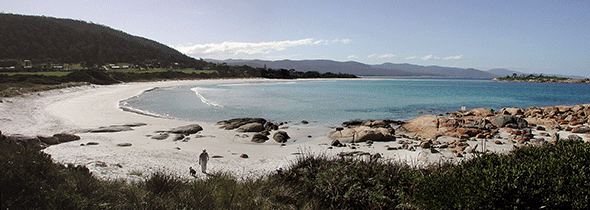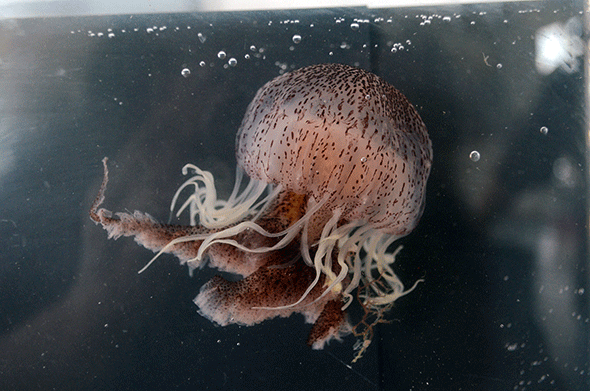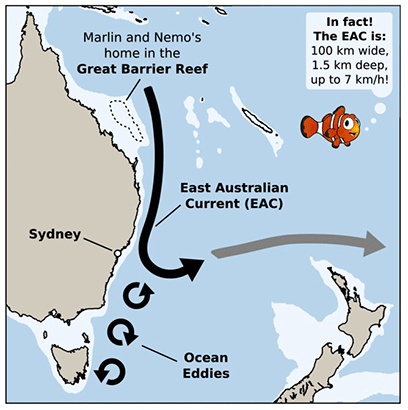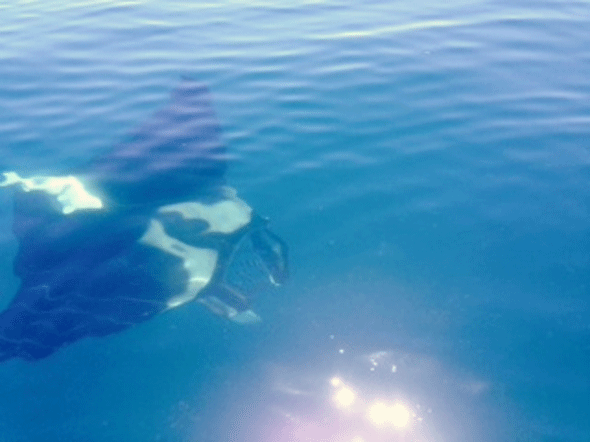
|
Published: 9 July 2012
Rats in the ranks: the introduced black rat in Australia
Black rats (Rattus rattus) would have to be one of the most loathed animals on the planet. They spread disease, damage crops and infrastructure, and are a major threat to wildlife globally. But they are also one of the world’s most successful species, and have followed humans to almost every environment on Earth.
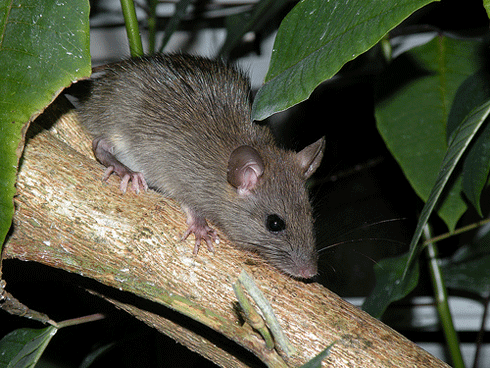
|
|
Black rats carry disease and pose significant threats to native wildlife including through predation and competition for resources. Credit:
Héctor J. Claudio. Licensed under an Attribution Non-Commercial Share-Alike Generic Creative Commons License
|
For such a widespread and damaging pest, surprisingly little is known about black rat ecology and its impact, especially in Australian ecosystems. We recently published a review of what is known about black rat ecology in order to highlight the potential for impacts on humans and wildlife in Australia.
Black rats are widely distributed across coastal environments in Australia. They are perhaps most common in and around urban areas but they also occur in a range of forest habitats. It’s not clear when Australia was first invaded by black rats, but they almost certainly first came on ships from Europe. Black rat remains have been found in the gun barrels of sunken Dutch ships off the Western Australian coast, dating from the 1600s.
The oldest intact specimen lies in the Natural History Museum of London, where it was deposited by nineteenth-century naturalist, John Gould. In the introduction to his 1863 book, Mammals of Australia, Gould first described these specimens as a native species, Hapalotis arboricola.
Later, zoologist and paleontologist Gerard Krefft (1830-1881) drew the species climbing a banksia tree, and noted its presence in arboreal and suburban habits around Elizabeth Bay in Sydney. By the 1920s however, the hapless Hapalotis was no more and the species was recognised as the black rat.
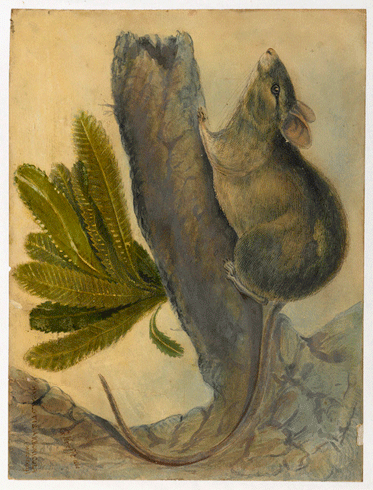
|
|
The first described black rat in Australia, drawn by Gerard Krefft (1830-1881), one of Australia’s first zoologists and palaeontologists. Credit:
Mitchell Library, State Library of NSW, PXD 9/5
|
The black rat – also known as the ship rat or roof rat – is actually a species-complex of up to five genetically distinct forms.
The two most globally common forms are recorded in Australia: the Oceanic form of Rattus rattus and an Asian form, Rattus tanezumi. Research is under way at the South Australian Museum to identify where these different types occur in Australia and where they came from.
We found that, globally, black rats are major vectors of a suite of diseases that threaten humans, livestock and wildlife. Plague is the most infamous rat-borne disease, having devastated the world’s population though three global pandemics. Around 180 people died from plague in Australia in the 1900s, although the disease is now absent here.
Black rats spread a suite of other bacterial diseases in Australia, such as Leptospira, Listeria and Salmonella. They also carry the Toxoplasma protozoan parasite, which uses both rats and cats as hosts, but can be fatal to wildlife that ingest it; it can also cause pregnant women to miscarry.
The rat lungworm, Angiostrongylus cantonenis, is another parasite carried by black rats, as well as slugs and snails. Eating an infected snail can cause meningitis, leading to brain damage and even death.
Black rats also brought novel trypanosomes to Christmas Island, which has been linked to the rapid extinction of two species of rodents endemic to the island.
As predators, black rats seem to eat almost anything, and are linked to the extinction of island species across the Pacific. While brown rats and Polynesian rats have also invaded Pacific islands, black rats are considered the worst of the three because of the range of species they affect – from insects, geckos and skinks to bats and seabirds – and the severity of their impact.
Most of the recent extinctions of native small mammals on islands and the demise of many seabirds have been attributed to black rats. These situations involve three possible ecological mechanisms:
-
direct predation of a species by rats
-
competition from rats for resources
-
hyper-predation effects, whereby rats support high numbers of other introduced invasive predators, such as cats, which go on to kill the native species.
Black rats have been linked to decline of birds, skinks and invertebrates on Lord Howe Island, and compete with native bush rats in natural bushland on mainland Australia.
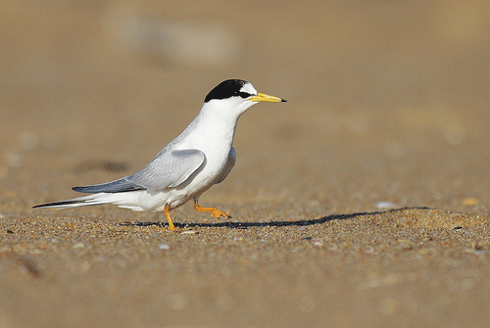
|
|
Among the seabirds threatened by black rats, which invade nests and eat eggs, is the little tern (Sternula albifrons), which is listed as endangered in Queensland, New South Wales, Tasmania and Victoria. Credit:
Oystercatcher. Licensed under an Attribution Non-Commercial Share-Alike Generic Creative Commons License.
|
Despite all this circumstantial evidence, black rats have largely been overlooked as a focus for research, compared with other introduced mammals in Australia. This may be due to the perception that this pest has a low environmental impact, or that it is less economically damaging or conspicuous than others.
We feel the lack of research into black rats in the Australian environment represents a significant knowledge gap that needs to be addressed if we are fully to understand the conservation and health threats posed by one of the world’s most successful invaders.
Peter Banks is Associate Professor in Conservation Biology at the School of Biological Sciences, The University of Sydney. Nelika Hughes is a wildlife ecologist affiliated with the University of New South Wales and the Australian Wildlife Conservancy, and is currently at the University of Antwerp, Belgium.
More information
Banks PB & NK Hughes (2012) A review of the evidence for potential impacts of black rats (Rattus rattus) on wildlife and humans in Australia, Wildlife Research.
How to tell a black rat from a bush rat


